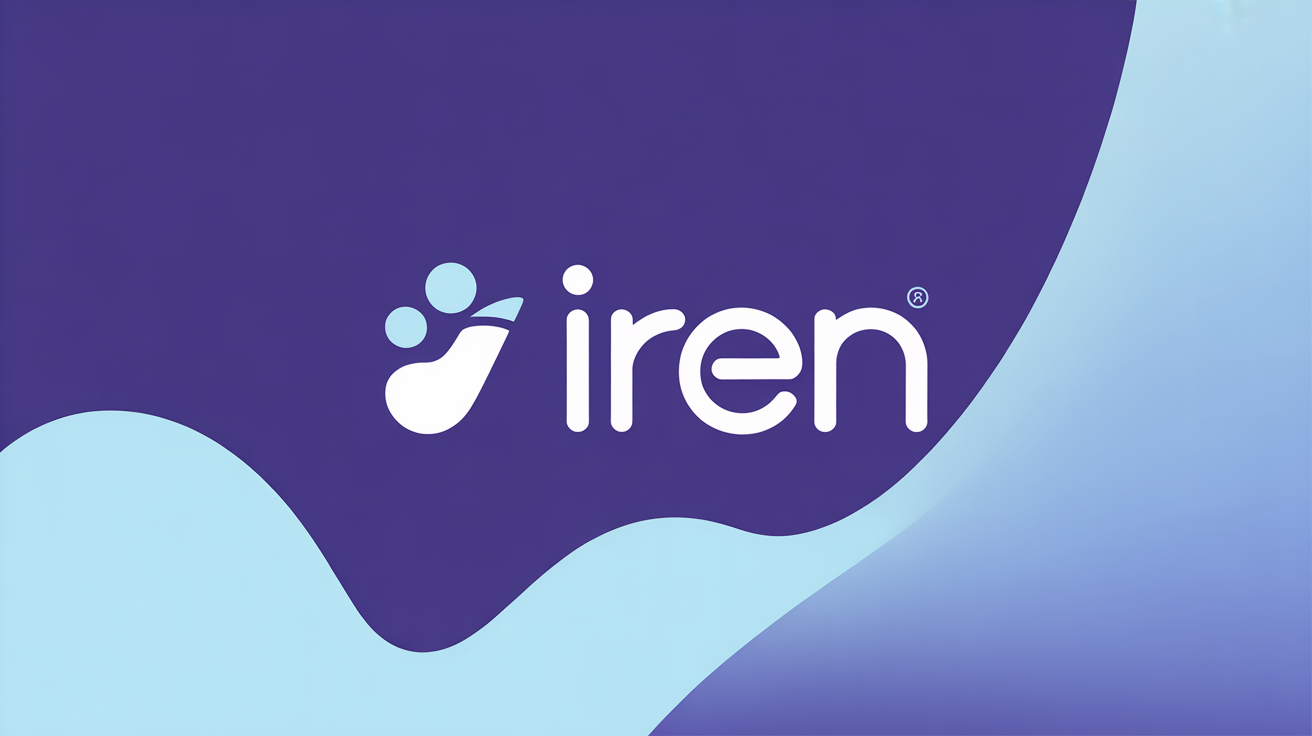Ethereum co-founder Vitalik Buterin has outlined a long-term roadmap aimed at significantly reducing the protocol’s complexity, bringing it closer in simplicity to Bitcoin while maintaining Ethereum’s core strengths in programmability and scalability.
In a blog post published Saturday, Buterin expressed concern over Ethereum’s growing technical sprawl—from its consensus design to its virtual machine—which he says has made the system increasingly difficult to maintain, audit, and for new developers to approach. He called for a multi-year plan to streamline Ethereum’s “consensus-critical” codebase and reduce its susceptibility to fragility and technocratic overengineering.
“Even a smart high school student is capable of fully wrapping their head around and understanding the Bitcoin protocol,” Buterin wrote. “A programmer can write a client as a hobby project.”
The Case for Simplicity
Ethereum’s evolution has brought powerful features such as smart contracts and zero-knowledge proofs, but with them, a rising complexity that poses challenges to stability and accessibility. Features like novel consensus mechanisms and backward compatibility requirements have contributed to an increasingly dense base layer.
By contrast, Bitcoin has retained a relatively minimalist architecture—built around blocks, transactions, proof-of-work, and unspent transaction outputs (UTXOs)—making it easier to understand and more resistant to unintended side effects from upgrades.
Key Areas Targeted for Simplification
Buterin highlighted Ethereum’s consensus layer, known as the beacon chain, as a top priority for simplification. He noted its intricate components—including epochs, slot shuffling, and sync committees—as examples of unnecessary complexity that could be streamlined.
He also proposed gradually replacing the Ethereum Virtual Machine (EVM) with a simpler alternative, such as the RISC-V architecture. RISC-V, an open and lightweight standard, could provide significant performance gains for zero-knowledge applications while dramatically reducing the complexity of the protocol’s virtual execution environment.
Transition Without Disruption
A key challenge in implementing these changes, Buterin acknowledged, lies in maintaining compatibility with Ethereum’s vast ecosystem of existing applications.
To address this, he proposed a phased approach: both the existing EVM and the new virtual machine would operate in parallel for an extended period, while older features would be gradually shifted into non-consensus layers. This would allow the network to evolve without forcing disruptive changes on developers or users.
Buterin’s vision marks a strategic shift in Ethereum’s development ethos—away from layering on more features, and toward building a more robust, streamlined, and accessible base protocol.
Share this content:




